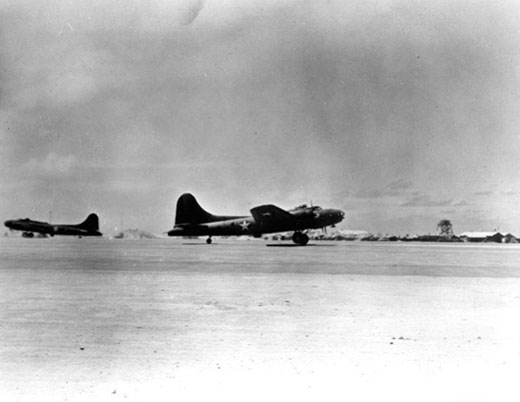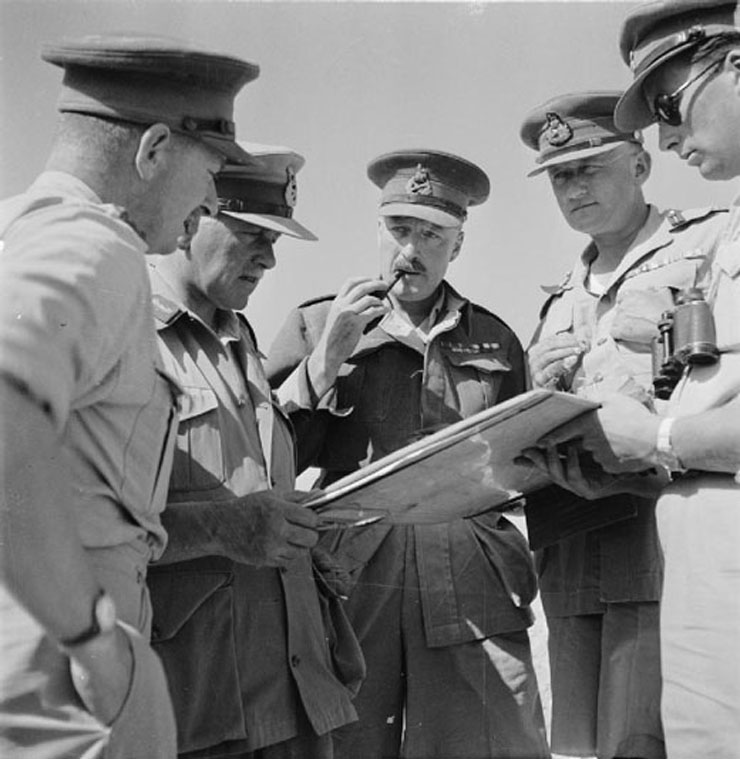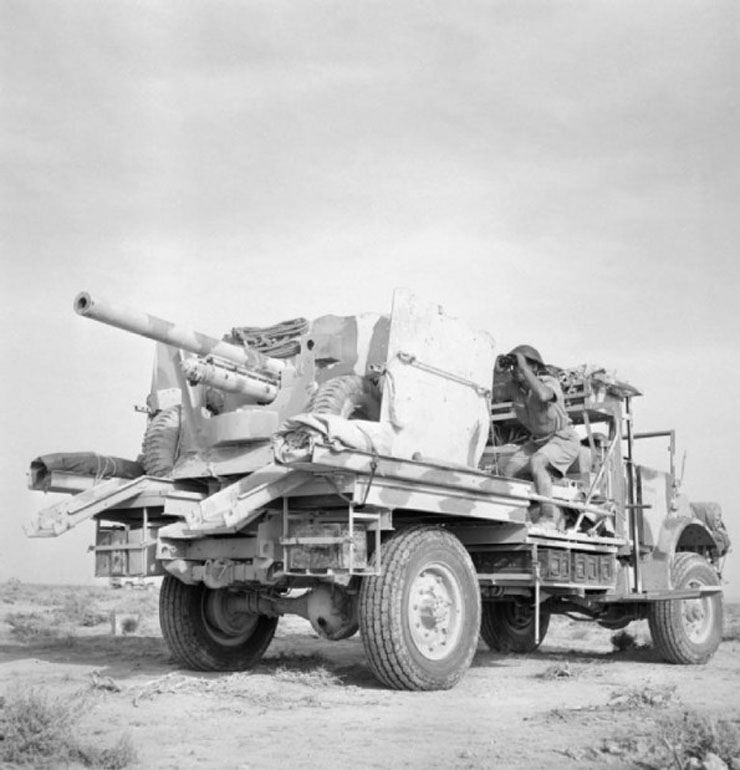Air Operations, Europe
BOMBER COMMAND- British Mosquito bombers, constructed from wood, fly their first bombing sorties against a German city, Cologne. Their main objective is to take photos of the damage from the previous night's raid. 1 plane is hit by Flak over the city and later crashes in the North Sea.
- During the night, 2 Wellingtons are sent to bomb Cologne but cloud cover prevents any details of the results.
Air Operations, New Guinea
5th Air Force B-17s attack Lae and Salamaua.
[Burma
400,000 refugees have crossed the Burma-India frontier since December 1941.
[China
Chiang Kai-shek pleads with the US to speed up military aid to China.
[
Eastern Front
GERMAN DEPLOYMENT, MAY 1942The Ostheer had been extensively reinforced and rebuilt for the summer campaigning season, the Panzerwaffe numbering 3,981 vehickes, of which nearly 1,000 are operational while the Luftwaffe has 3,400 aircraft.
The Luftwaffe has taken time to restructure its forces, deploying a number of new formations with the army groups. In Finland, the 5th Air Fleet has been strengthened to 260 aircraft, Keller's 1st Air Fleet with Army Group North has 375 aircraft, while Army Group Center has Greim's Luftwaffe Kommando Ost with 600 aircraft. By far the greatest Luftwaffe commitment is in the Ukraine and the Crimea. Army Group South can call upon Lohr's 4th Air Fleet, comprising the IV and VIII Air Corps and the I Flak Corps with nearly 1,600 aircraft.
The Ostheer begins to redeploy its forces for the next phase of operations during June. The 11th Army is to destroy the Soviet forces at Sevastopol, concentrating 1,300 artillery pieces around the port and the VIII Air Corps with 720 aircraft. The Soviets have 101,000 men in 7 infantry and 3 marine divisions and 3 marine brigades, 600 artillery pieces, 2,000 motor vehicles, 40 tanks and 60 aircraft. The city is ringed by 3 lines of defense, the first consisting of a belt of trenches and minefields, supported by divisional artillery, while to the rear is the second, sited between the Belbek Valley and Severnaya Gulf that are designed to hold up any forces attacking toward the port. The final line of defense consists of another belt of trenches on the outer limits of the city, again supported by minefields and artillery.
To overcome this formidable array, Manstein has redeployed his army, leaving the XLII Corps and VII Rumanian Corps at Kerch to deal with any Soviet threat from the Kuban. The bulk of the German strength is massed around the Sevastopol perimeter, LIV Corps against the northern flank and XXX to the south, with the Rumanian Mountain Corps in between, The LIV Corps (22nd, 24th, 50th and 132nd Infantry Divisions) has been reinforced with 56 heavy and medium artillery batteries and 41 light gun batteries, 18 mortar batteries and 2 assault gun battalions, while XXX Corps (72nd and 170th Infantry Divisions and 28th Light Division) has 25 heavy and medium batteries, 5 light artillery batteries, 6 mortar batteries and 1 assault gun battalion. The Rumanian corps has 12 medium batteries and 22 light artillery batteries. Many of the heavy artillery pieces are the super heavies of the German army. Among these is the Gamma mortar, a huge 427mm weapon with a range of nearly 9 miles, the Karl 615mm artillery piece and the Gustav 800mm gun. The Gustav is so large it takes a crew of 2,500 to operate it, but can fire its massive projectile 28 miles. Its fire is so powerful that it can disable a fortress with one shot. Around the city perimeter the Germans have 7 infantry divisions, with 2 Rumanian divisions in support. A 5-day artillery barrage is to soften the Soviet defenses before the main assault begins. As the 11th Army lacks panzer forces, a number of assault gun battalions operate in conjunction with the infantry.
During May the Germans have brought 6 infantry divisions into the line, but 1 panzer and 3 infantry leave. This gives the Ostheer a combat force of 19 panzer, 15 motorized and 129 infantry divisions.
GERMAN CASUALTIESDuring May 1942 the Germans lose 38,000 men killed on the eastern front.
SOVIET DEPLOYMENT, MAY 1942Despite their disastrous defeats at Kerch and Kharkov, May has been spent rebuilding the combat units, armored and air forces. At the end of the month, the Red Army has 6,190 tanks and the air force 3,160 aircraft. New air armies have begun to form, being allocated to specific fronts, providing aerial support whenever and wherever it is required. The 1st to 5th Air Armies are raised, 1st goint to West Front, 2nd to Southwest Front, 3rd to Kalinin Front, 4th to South Front and 5th to North Caucasus Front.
[North Africa
Gen Ritchie, commanding the British 8th Army, is convinced that Rommel's maneuver has ground to a halt. 'Now I've got him in the hollow of my hand,' he writes to Gen Auchinleck, Commander-in-Chief of British armed forces in the Middle East. But Rommel is a long way from being subdued. The Afrika Korps overruns 150th Brigade of the British 50th Div. The brigade was dug in between 2 desert tracks, the Trigh Capuzzo and the Trigh el Abd, southwest of Sidi Muftah. Rommel's supply route is free. In the afternoon the British XXX Corps launches an ineffective counterattack, but is promptly repelled.[MORE]
|
|
Pacific
- In a desperate attempt to reinforce the Pacific Fleet the battleships Colorado and Maryland sail from San Francisco.
- Three Japanese midget submarines penetrate Sydney Harbor. The RAN accommodation ship Kuttabul is sunk with 21 persons being killed. Damaged in the attack is the Dutch submarine K-1X. All three midget submarines are lost.
B-17E Bomber on Midway |
 |

